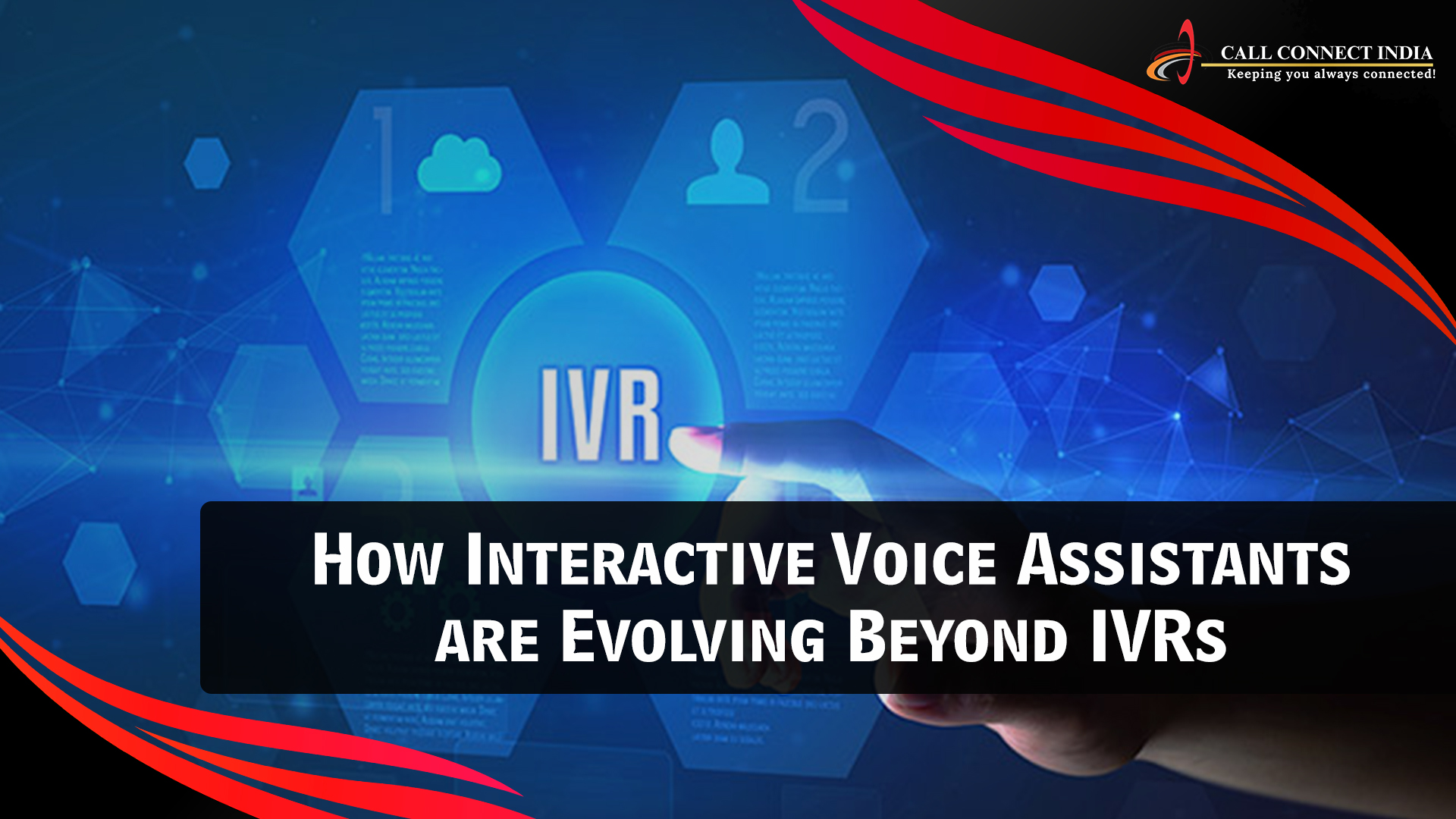
The traditional Interactive Voice Response (IVR) Systems have been an integral part of call center operations. However, advances in AI-powered voice assistants are revolutionizing customers’ interactions, far beyond the limits of IVRs. These smart systems are improving customer experience, the efficiency of automation, and the productivity of call centers through the use of the neural process of language (NLP), machine learning (ML), and sentiment analysis. As opposed to static IVR menus and voice assistants, they can engage in conversational, interactive conversations that are more human and natural.
The Evolution of Voice Assistants in Call Centers
1. From IVRs to AI-Powered Voice Assistants
- Traditional IVRs depend on a rigid menu-based navigation. This can frustrate customers.
- AI-powered voice assistants recognize natural speech patterns and can detect intent, resulting in better-performing responses.
- Customers get higher-quality, faster resolutions without having to use several buttons.
- Voice assistants can reduce calls that are misrouted, which improves efficiency, while also lowering operating costs.
2. Enhancing Customer Experience with AI
- Voice assistants offer real-time assistance and are available 24/7, ensuring customers can get assistance anytime.
- Advanced sentiment analysis helps identify customers’ emotions and adjust responses to provide a more compassionate approach.
- Recommendations based on previous interactions increase customer satisfaction and engagement.
- Omnichannel integration lets voice assistants seamlessly transition conversations between chat, voice, and email.
3. Boosting Efficiency and Cost Savings
- AI-driven automation decreases call volume by handling routine requests, allowing humans to focus on the more difficult issues.
- A shorter average handle duration (AHT) results in improved efficiency of operations, allowing for quicker problem resolution.
- Companies save money on their labor costs while increasing the availability of services and the ability to scale.
- AI-powered voice assistants guarantee the highest quality, and consistent service delivery while minimizing human error as well as customer dissatisfaction.
- Organizations can review customer inquiries and develop agent training programs to improve their services.
4. Overcoming Limitations and Future Potential
While voice AI has made significant strides, there are still challenges to overcome:
- Accents and speech variations Advanced AI algorithms are continually improved to enhance speech recognition across a variety of demographics.
- Answering complex questions: Although AI can easily handle simple tasks, more complex conversations require human involvement.
- Security and privacy issues, Concerns about privacy and security: ethical AI development is focused on protecting the security of data, encryption, as well as regulatory conformity.
Shortly, AI-powered virtual assistants will likely grow using predictive analytics, allowing companies to handle customer complaints urgently. Integrating CRM software and AI-powered chatbots can help improve processes and make AI an integral component of customer service in the modern era.
Conclusion
The shift from IVR devices and artificial intelligence-powered assistants is a significant change in call centers’ technology. These advancements bring greater automation, personalization, and efficiency, which are changing the methods to connect with customers. As AI is utilized in contact centers, it is constantly evolving, companies must make use of these developments to stay ahead of the game and offer the most satisfying customer experience.
At Call Connect Incorporated, leading the direction, businesses can use AI-driven technologies to provide seamless and intelligent customer experiences. Future customer services are now here – efficient, active, proactive, and wholly focused on the customer.


